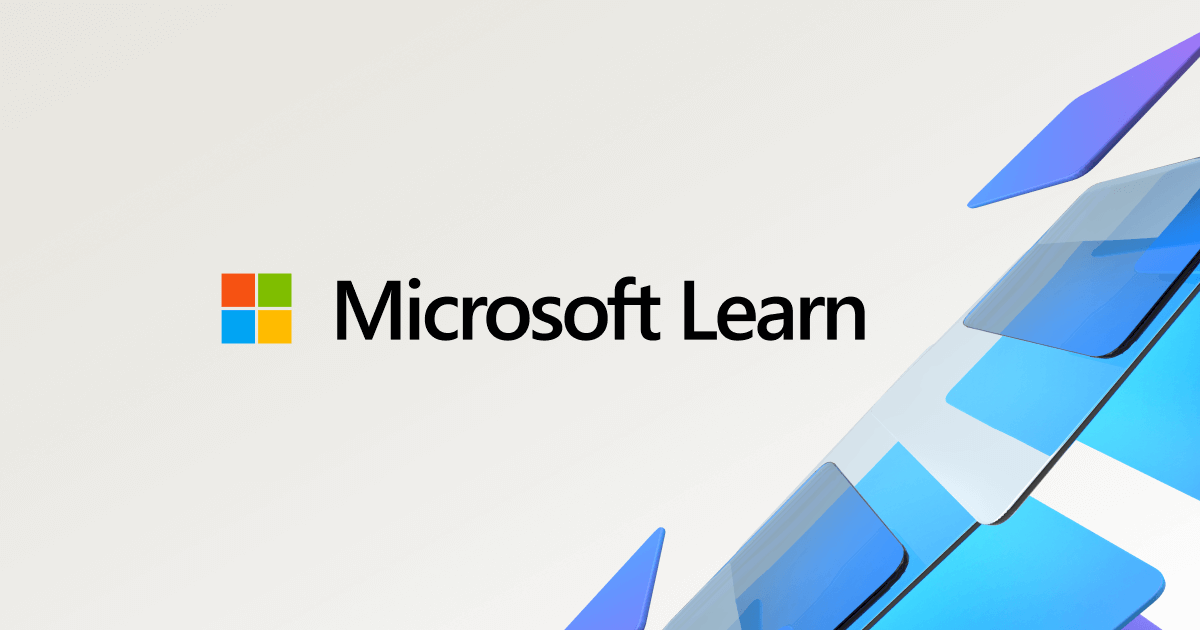
docs.microsoft.com/en-us/powershell/module/purviewinformationprotection/set-filelabel
Preview meta tags from the docs.microsoft.com website.
Linked Hostnames
6- 5 links tolearn.microsoft.com
- 3 links todocs.microsoft.com
- 2 links togo.microsoft.com
- 1 link toaka.ms
- 1 link totechcommunity.microsoft.com
- 1 link towww.microsoft.com
Thumbnail

Search Engine Appearance
Set-FileLabel (PurviewInformationProtection)
For the Microsoft Purview Information Protection client, the Set-FileLabel cmdlet sets a sensitivity label for one or more files. This action can automatically apply protection when labels are configured to apply encryption. Additionally, you can use this cmdlet to apply custom permissions when they are created as an ad-hoc protection policy object with the New-CustomPermissions cmdlet. When the command runs successfully, any existing label or protection can be replaced. You can run this cmdlet non-interactively. For more information, see the Unified labeling client admin guide.
Bing
Set-FileLabel (PurviewInformationProtection)
For the Microsoft Purview Information Protection client, the Set-FileLabel cmdlet sets a sensitivity label for one or more files. This action can automatically apply protection when labels are configured to apply encryption. Additionally, you can use this cmdlet to apply custom permissions when they are created as an ad-hoc protection policy object with the New-CustomPermissions cmdlet. When the command runs successfully, any existing label or protection can be replaced. You can run this cmdlet non-interactively. For more information, see the Unified labeling client admin guide.
DuckDuckGo
Set-FileLabel (PurviewInformationProtection)
For the Microsoft Purview Information Protection client, the Set-FileLabel cmdlet sets a sensitivity label for one or more files. This action can automatically apply protection when labels are configured to apply encryption. Additionally, you can use this cmdlet to apply custom permissions when they are created as an ad-hoc protection policy object with the New-CustomPermissions cmdlet. When the command runs successfully, any existing label or protection can be replaced. You can run this cmdlet non-interactively. For more information, see the Unified labeling client admin guide.
General Meta Tags
54- titleSet-FileLabel (PurviewInformationProtection) | Microsoft Learn
- charsetutf-8
- viewportwidth=device-width, initial-scale=1.0
- color-schemelight dark
- descriptionFor the Microsoft Purview Information Protection client, the Set-FileLabel cmdlet sets a sensitivity label for one or more files. This action can automatically apply protection when labels are configured to apply encryption. Additionally, you can use this cmdlet to apply custom permissions when they are created as an ad-hoc protection policy object with the New-CustomPermissions cmdlet. When the command runs successfully, any existing label or protection can be replaced. You can run this cmdlet non-interactively. For more information, see the Unified labeling client admin guide.
Open Graph Meta Tags
6- og:typewebsite
- og:image:altMicrosoft Learn
- og:imagehttps://learn.microsoft.com/en-us/media/open-graph-image.png
- og:titleSet-FileLabel (PurviewInformationProtection)
- og:urlhttps://learn.microsoft.com/en-us/powershell/module/purviewinformationprotection/set-filelabel?view=azureipps
Twitter Meta Tags
2- twitter:cardsummary_large_image
- twitter:site@MicrosoftLearn
Link Tags
6- canonicalhttps://learn.microsoft.com/en-us/powershell/module/purviewinformationprotection/set-filelabel?view=azureipps
- dns-prefetch//target.microsoft.com
- dns-prefetch//microsoftmscompoc.tt.omtrdc.net
- preconnect//mscom.demdex.net
- preload/static/third-party/adobe-target/at-js/2.9.0/at.js
Links
13- https://aka.ms/yourcaliforniaprivacychoices
- https://docs.microsoft.com/en-us/Exchange/policy-and-compliance/data-loss-prevention/sensitive-information-types?view=exchserver-2019
- https://docs.microsoft.com/en-us/information-protection/rms-client/clientv2-admin-guide-powershell#how-to-label-files-non-interactively-for-azure-information-protection
- https://docs.microsoft.com/en-us/powershell/module/microsoft.powershell.management/get-childitem
- https://go.microsoft.com/fwlink/?LinkId=521839